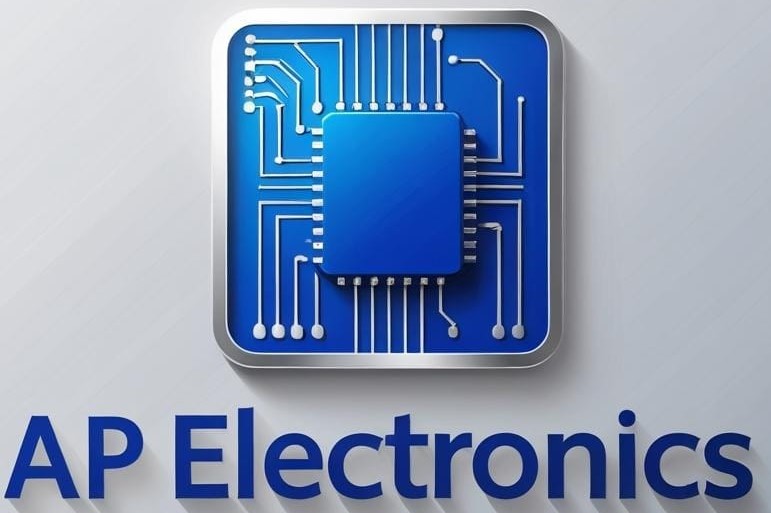CURVED TV Repair
Curved TVs offer an immersive viewing experience with their unique design, providing a sense of depth and enhanced viewing angles that many users love. However, due to their distinctive shape and advanced technology, curved TVs can experience specific issues that may require repair. Understanding common curved TV problems and knowing what to expect from the repair process can help you address these issues and extend the life of your device.
Common Curved TV Problems and Causes
Display Issues:
- Curved TVs may encounter display issues, such as lines on the screen, distorted images, or uneven brightness. These problems often stem from damaged display panels, backlight issues, or loose internal connections. The curvature of the screen can also make it more susceptible to physical damage, which can impact picture quality.
- Basic troubleshooting includes checking settings like brightness and contrast, but more severe issues typically require a technician to replace or repair damaged components like the panel or backlight system.
Screen Flickering and Blackouts:
- Flickering or intermittent blackouts can result from faulty internal components, such as the power supply board or T-con board, which controls image processing.
- Sometimes, flickering can be resolved by adjusting refresh rate settings or resetting the TV, but if the problem persists, a professional inspection is recommended to diagnose and repair internal issues effectively.
Connectivity Issues:
- With HDMI, USB, and other connectivity options, curved TVs allow users to connect multiple devices for an enhanced experience. However, connectivity issues—such as HDMI not displaying correctly or USB ports malfunctioning—are common over time.
- These issues can be caused by software bugs, outdated firmware, or worn-out ports. Technicians often inspect the internal connections and ports for damage and may replace faulty components or update the software to restore functionality.
Software and Smart Feature Problems:
- Many curved TVs come with smart functionality, enabling streaming, app downloads, and internet browsing. However, software issues can cause the TV to freeze, apps to crash, or the system to lag.
- Common solutions include restarting the TV, clearing cache, updating firmware, or performing a factory reset. If software issues continue, a technician may need to reflash or update the TV’s operating system to resolve persistent glitches.
Audio Problems:
- Curved TVs are designed with built-in speakers, but over time, audio issues such as distorted sound, no sound, or syncing issues may arise. These problems may be due to speaker malfunctions, loose internal connections, or issues with audio settings.
- Basic solutions include checking audio settings or reconnecting external devices, but more severe audio issues may require inspection and repair of the internal audio components by a technician.
The Curved TV Repair Process
Repairing a curved TV generally starts with a diagnostic assessment to identify the underlying issue. Technicians inspect the screen, check internal components like the power board, T-con board, and connectivity ports, and test the software for performance issues. Once diagnosed, they provide an estimate for repair time and cost. Repairs may involve screen adjustments, software resets, replacing damaged internal parts, or restoring connections. After the repair, the technician conducts a final test to ensure the TV functions optimally.
Choosing a Trustworthy Curved TV Repair Service
Since curved TVs have unique screens and require specific expertise, it’s crucial to choose a repair service with experience handling curved TV models. Reading reviews, asking for referrals, and inquiring about warranties for parts and labor can help you select a reliable provider. Some repair services also offer in-home repairs or pickup and delivery options, making it more convenient for customers.
Maintenance Tips for Curved TVs
Preventive maintenance can help reduce repair needs for your curved TV. Avoid touching or pressing on the screen, as the curve makes it more vulnerable to pressure. Use a microfiber cloth for gentle cleaning and keep the TV in a well-ventilated area to prevent overheating. Regularly updating the software also ensures compatibility with apps and minimizes lag. If possible, use a surge protector to protect the TV from electrical fluctuations.
Conclusion
Curved TVs provide a unique viewing experience, but they can face specific issues that require professional repair. By choosing an experienced repair service and following preventive care, you can maintain the quality of your curved TV and enjoy an immersive entertainment experience for years to come.
